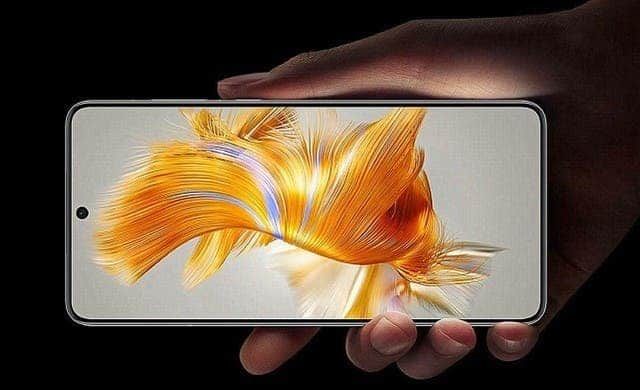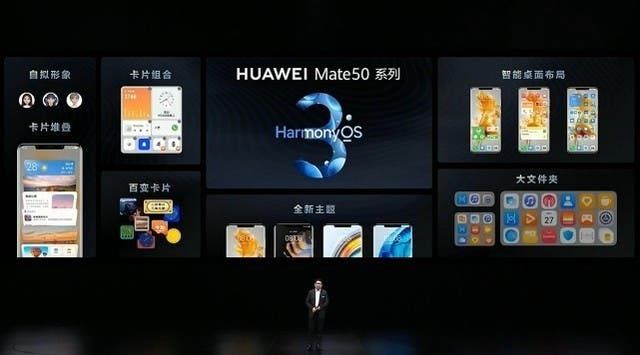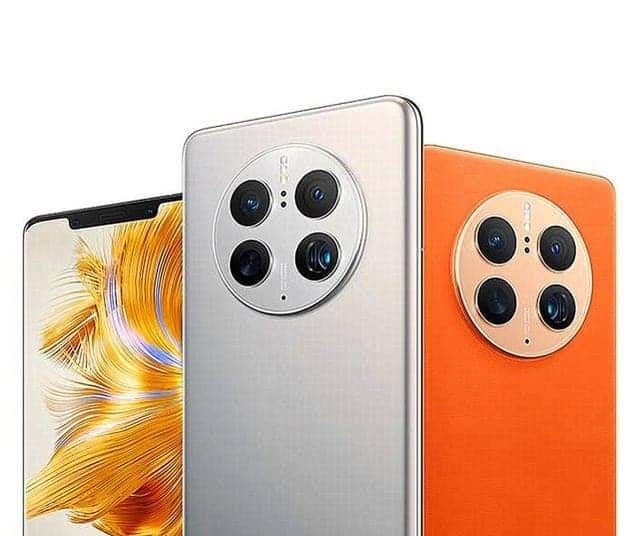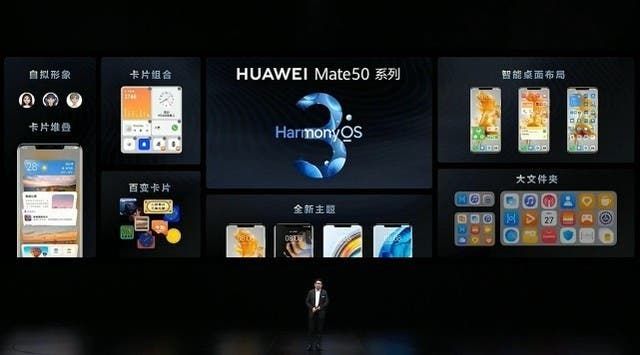Chinese manufacturing giant, Huawei, had to work on its latest flagship series for about two years. The reason for the delay is obviously the restrictions by the U.S. Huawei had to source relevant parts and components without violating the ban. A few days ago, the company officially launched the Huawei Mate 50 series. This series comes with four models including the Huawei Mate 50, Mate 50 Pro, Mate 50 RS Porsche Design and Mate 50E. Since the official release of the Huawei Mate 50 series, it has indeed attracted the attention of many users. In fact, the first official pre-sale of this series did not last for very long. Potential buyers had to scramble for a unit and a more difficult decision is choosing the appropriate model.

Simply put, many users did not have an idea of which of the models to choose. This is because the Huawei Mate 50 series has four different models with different capacities. Thus, it will be naturally difficult to choose except you know exactly what you need. Many users also do not know the exact differences between these devices. This also complicates the decision-making process. Thus, this article looks at the major differences between the models of the Huawei Mate 50 series.
Huawei Mate 50 series - major differences
Design
The design of the four models in this series is not the same. The low-end models, Huawei Mate 50 and Mate 50E come with a center single punch-hole screen design. This design is pretty common in the smartphone market, especially for Android smartphones. In addition, these smartphones also come with a straight screen, ditching the curved screen design. On the rear, both smartphones also use the ring design.

The high-end models are the Huawei Mate 50 Pro and Mate50 RS. Both smartphones use a notch design as well as a curved screen. However, Huawei doubles down on the curvature of the display. Relative to the waterfall screen design, the curvature is significantly lower. As for the back of the fuselage, Huawei Mate 50 RS has a completely different design. Whether it is the camera module or the entire rear, it is completely different. However, in terms of rear design, the other three models are not so different.
Screen quality
Starting from the lower model, the Huawei Mate 50E comes with a 6.5-inch single punch-hole OLED display. This model has the smallest display in the entire series. The display supports a resolution of 2700 x 1224 pixels, a 90Hz refresh rate as well a 300Hz touch sampling rate. In addition, the smartphone supports 1440Hz PWM dimming, 1.07 billion colours, and the plain leather version uses Kunlun glass.

Huawei Mate 50 uses a 6.7-inch OLED screen, supports 2700 x 1224 resolution and a 90Hz refresh rate straight screen. In addition, it supports a 300Hz touch sampling rate, 1440Hz PWM dimming, and 1.07 billion primary colour display. This smartphone also supports Kunlun glass. We can see that in terms of display, the Mate 50 and Mate 50E are basically the same only that the former is a bit bigger.
Huawei Mate 50 Pro uses a 6.74-inch screen and supports a 120Hz refresh rate. In addition, this device supports 3D structured light technology. Apart from these differences, the other features are the same. Thus, if you need a high refresh rate device, the Pro model should be your best bet.
For the Huawei Mate 50 RS model, its display is similar to the Pro version. However, the Mate 50 RS comes with the industry's first CeraBicolor two-colour ceramic technology. It has a completely different shape from the previous two RS models and is highly recognizable!
Core configuration
Huawei Mate 50E uses a mid-range Snapdragon 778G processor. It adopts TSMC's 6nm EUV process. The CPU core is a customized version of Kryo 670 based on A78 architecture, with a maximum frequency of 2.4GHz and integrated GPU Adreno 642L.

The rest of the Huawei Mate 50 series uses the Snapdragon 8+ Gen 1 processor. Although they do not use Kirin processors, the reputation of this processor is obvious to all. However, it is important to note that none of these devices supports a 5G network. Nevertheless, there will be a case that will allow the phones to work with 5G connectivity.
Camera
The front camera of the entire models in the Huawei Mate 50 series is a 13MP ultra-wide-angle front camera with an f/2.4 aperture. However, only the Mate 50E does not support 3D depth camera.
On the rear, the Mate 50E has a 50MP main camera (Sony IMX766, RYYB, f/1.4-f/4.0 variable aperture, OIS) + 13MP (Sony IMX688) super wide-angle, and supports XMAGE Huawei images.

Huawei Mate 50 uses a 13-megapixel ultra-wide-angle camera, a 12-megapixel periscope telephoto camera, a 50-megapixel super-optical camera, and supports laser focus sensors, 10-channel multispectral sensors, and has XMAGE Huawei images.
Huawei Mate 50 Pro is equipped with a 13-megapixel ultra-wide-angle camera, a 64-megapixel periscope telephoto camera, a 50-megapixel super-optical camera, and supports proximity light sensors, laser focus sensors, 10-channel multi-spectral sensors, and XMAGE Huawei images, etc.
Huawei Mate50 RS has a completely different image module. It has a 50MP super optical camera and a 48MP super macro telephoto camera. But overall, the difference is not much different from Huawei Mate50 Pro.
Battery life
Both Huawei Mate50E and Huawei Mate50 have built-in 4460mAh batteries, support 66W wired fast charging, 50W wireless charging, 7.5W wireless reverse charging, and support emergency mode at 1% power.

Both Huawei Mate 50 Pro and Huawei Mate50 RS versions have built-in 4700mAh batteries, 66W wired fast charging, 50W wireless charging, 7.5W wireless reverse charging, and support emergency mode at 1% power.
The entire series comes with features like HarmonyOS 3.0, Bluetooth 5.2, USB 3.1 Gen 1, NFC, IP68, symmetrical dual speakers, and Beidou satellite messages.
Conclusion
The differences in the Huawei Mate 50 series are quite obvious and so are their prices. There are differences in screen size, refresh rate, battery capacity and other features. So the question is, after the above comparison, do you know how to choose? Let us know your thoughts in the comment section below.






Place comments
0 Comments
You are currently seeing only the comments you are notified about, if you want to see all comments from this post, click the button below.
Show all comments